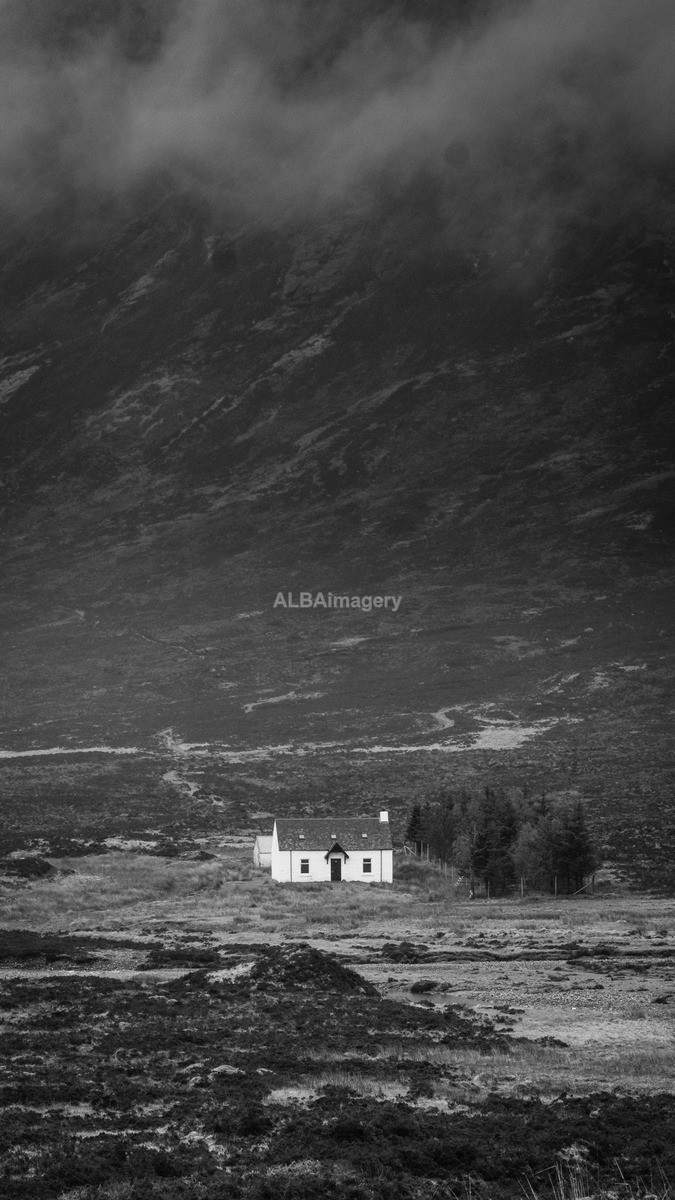Glencoe

Image taken : 2016-05-18 - 11:59, Fujifilm X-Pro2, XF 18-135mm f/3.5-5.6 R LM OIS WR @ 55.60mm, 1/100sec, f/11, ISO400.
Glen Coe (Scottish Gaelic: Gleann Comhann, pronounced is a glen of volcanic origins, in the Highlands of Scotland. It lies in the north of the county of Argyll, close to the border with the historic province of Lochaber, within the modern council area of Highland. The glen is noted for its scenic beauty. A review by Scottish Natural Heritage in 2010 made reference to the "soaring, dramatic splendour of Glen Coe", and "the suddenness of the transition between high mountain pass and the lightly wooded strath" in the lower glen. It also described the journey through the glen on the main A82 road as "one of the classic Highland journeys". The main settlement is the village of Glencoe located at the foot of the glen. Glen Coe is regarded as the home of Scottish mountaineering and is popular with hillwalkers and climbers.
On the 13 February 1692, in the aftermath of the Jacobite uprising of 1689, an incident known as the Massacre of Glencoe took place in the glen. Thirty-eight men from Clan MacDonald of Glencoe were killed by government forces who were billeted with them on the grounds that they had not been prompt in pledging allegiance to the new monarchs, William II and Mary II.
The Glen is named after the River Coe which runs through it. The name of the river may predate the Gaelic language, as its meaning is not known. It is possible that the name stems from an individual personal name, Comhan (genitive Comhain).
The note above is taken from the Wikipedia article "Glen Coe", which is released under the Creative Commons Attribution-Share-Alike License 3.0.
Check map position at Glencoe (Opens in new window)
Glen Coe (Scottish Gaelic: Gleann Comhann, pronounced is a glen of volcanic origins, in the Highlands of Scotland. It lies in the north of the county of Argyll, close to the border with the historic province of Lochaber, within the modern council area of Highland. The glen is noted for its scenic beauty. A review by Scottish Natural Heritage in 2010 made reference to the "soaring, dramatic splendour of Glen Coe", and "the suddenness of the transition between high mountain pass and the lightly wooded strath" in the lower glen. It also described the journey through the glen on the main A82 road as "one of the classic Highland journeys". The main settlement is the village of Glencoe located at the foot of the glen. Glen Coe is regarded as the home of Scottish mountaineering and is popular with hillwalkers and climbers.
On the 13 February 1692, in the aftermath of the Jacobite uprising of 1689, an incident known as the Massacre of Glencoe took place in the glen. Thirty-eight men from Clan MacDonald of Glencoe were killed by government forces who were billeted with them on the grounds that they had not been prompt in pledging allegiance to the new monarchs, William II and Mary II.
The Glen is named after the River Coe which runs through it. The name of the river may predate the Gaelic language, as its meaning is not known. It is possible that the name stems from an individual personal name, Comhan (genitive Comhain).
The note above is taken from the Wikipedia article "Glen Coe", which is released under the Creative Commons Attribution-Share-Alike License 3.0.
Check map position at Glencoe (Opens in new window)